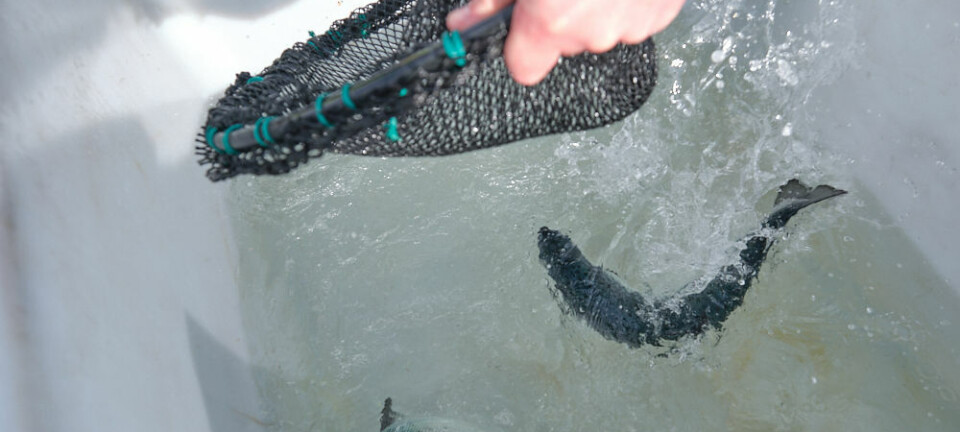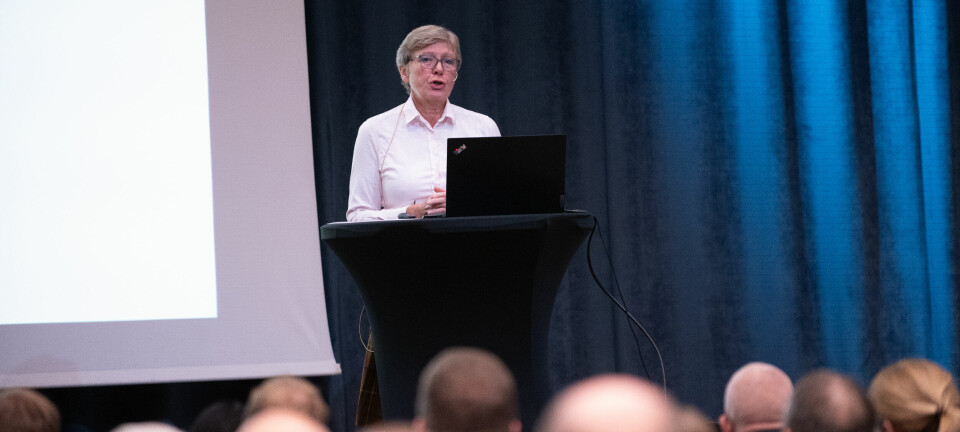
Watchdog acts over serious disease situation in Norway
Since May 12, five cases of infectious salmon anaemia have been detected in Vesterålen
To limit further spread of infection and detect any new cases of ISA, the Norwegian Food Safety Authority is establishing a total of four restriction zones in Vesterålen, an archipelago located just north of Lofoten in Nordland county.
The Norwegian Food Safety Authority is establishing larger surveillance zones than usual, to detect any new cases as quickly as possible and limit the spread of infection.
'Acted quickly'
The Norwegian Veterinary Institute has analysed samples from the area, but the source of infection has not yet been identified. The analyses show similarities between viruses from some of the locations with confirmed ISA in the area, which makes the Authority suspect spread of infection between the locations. Spread of the virus may have occurred through water contact, use of shared equipment or similar.
“The farmers have acted quickly and effectively after the detection of ISA. Rapid notification, implementation of measures and good cooperation are important to limit the spread of infection,” said Geir Arne Ystmark, head of department for the north in the aquaculture inspection division of the Norwegian Food Safety Authority.
Can detect the spread of infection
The Norwegian Food Safety Authority encourages farmers to conduct voluntary monitoring outside the monitoring zones, even where there is no requirement for ISA sampling. Surveillance can help detect any spread of infection to new areas earlier.
Anyone traveling in the area and engaging in activities related to fish farming must exercise the necessary care to avoid the spread of any disease.



































































